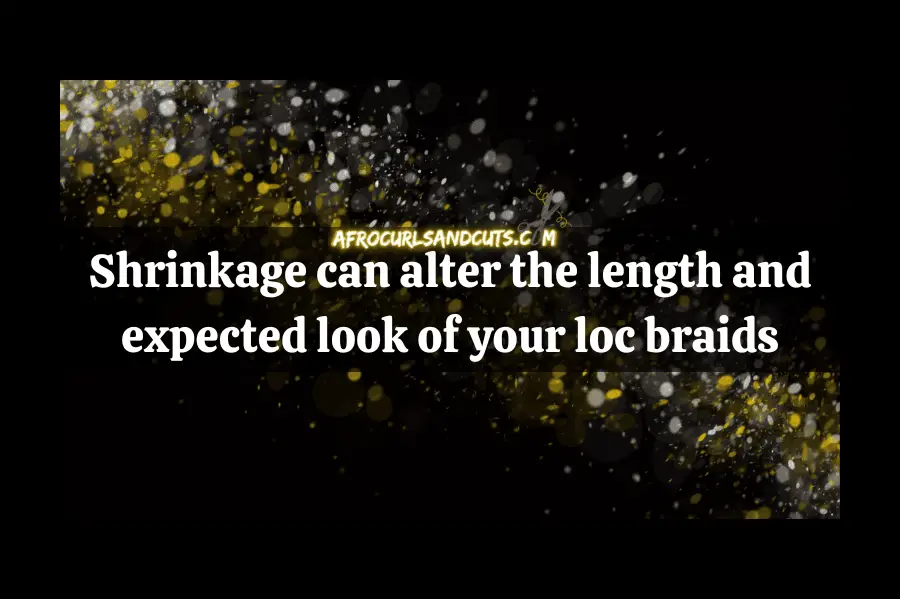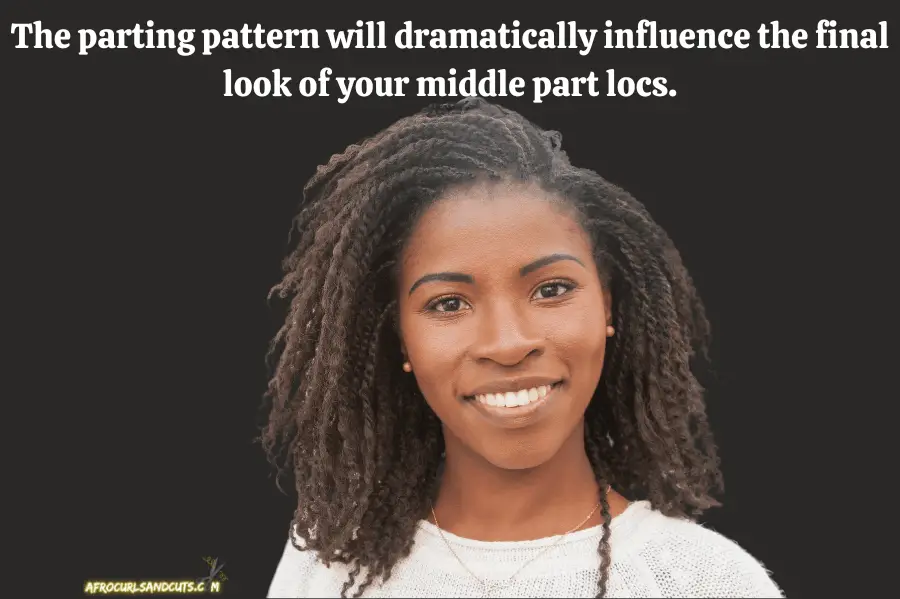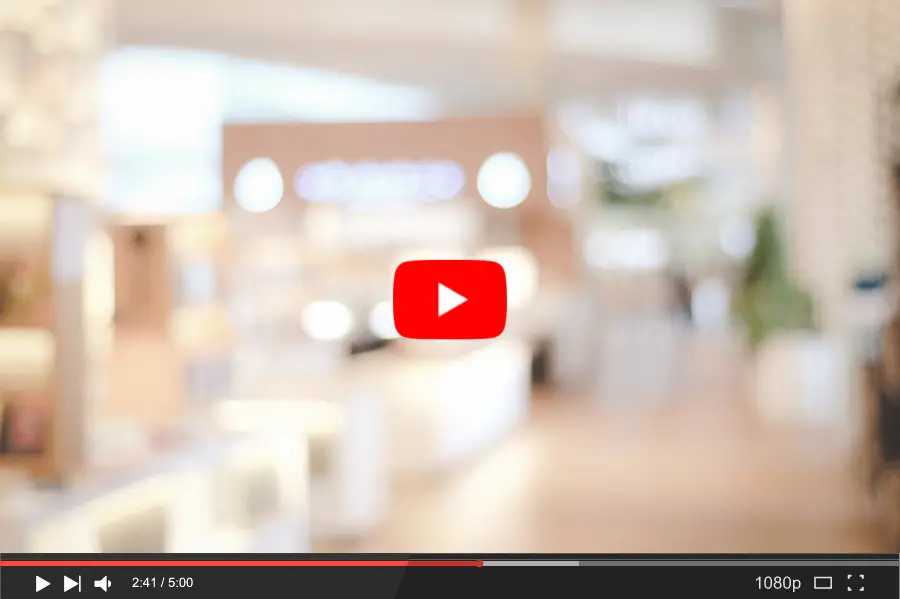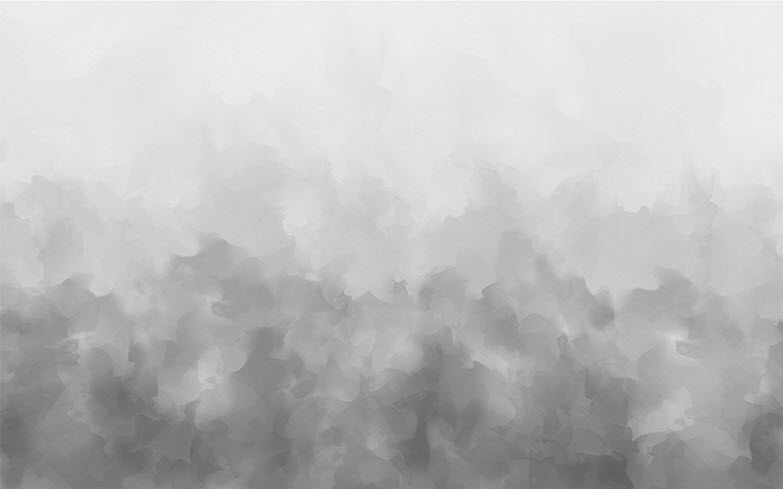We may earn money or products from the companies mentioned in this post.
Middle part dreads are an increasingly popular hairstyle, with more and more people turning to this look for its bold, stylish flair.
If you have a natural hair type, you might be interested in trying this chic loc style, but there’s much more to this look than meets the eye.
Having dreadlocks is a long journey, so you need all the information about this look to embrace this trend with the commitment it needs.
Read on to learn seven secret Loctician facts about this hairstyle you need to know before making the plunge! With this knowledge, you can better decide whether middle part dreads suit you.
What Are Middle Part Dreads?
Middle-part dreads are a protective hairstyle that has been gaining popularity in recent years. This style consists of sectioning the hair into two symmetrical parts, with the center of the scalp being left open.
The dreadlocks are then styled to cascade down either side of the head, creating an eye-catching look.
These dreads can be created using natural hair, or they can be done with synthetic hair such as wigs or extensions.
This versatile style is easy to customize, as the individual dreadlocks can be arranged and styled in various ways.
There are endless possibilities when creating a unique middle part hairstyle, from long and loose to short and tight.
Here is an article full of useful tips about the 7 best Natural hair extensions chosen by top stylists and locticians.
7 Secret Facts About Middle Part Dreads
Let’s discuss seven facts about locs in general that apply to dreads with middle parting as well. It’s a countdown going from seven to one!
Let’s start with the basic to the most important facts that will determine your success with styling and maintaining your locs.
7. Dreads with the middle part need regular cleaning.
Locs’ texture attracts dust and dirt, so buildup is natural. You can take precautions to minimize the buildup.
It means washing them regularly with a gentle shampoo designed explicitly for dreadlocks or cornrows.
And if you prefer, you can also moisturize the locs using a spray bottle to minimize visible buildup on the scalp.
Additionally, it would help if you used a clarifying rinse about once a month to remove any existing buildup.
You should also avoid using heavy styling products and opt for natural alternatives like shea butter and a lightweight moisturizer.
While you’re on your loc journey make sure to read 7 Easy Tips to Wash Locs Correctly.
6. The fullness of the middle part locs depends upon hair density.
If you opt for middle-part braids locs because you want a fuller hairstyle, then you need to know that this protective style will not guarantee extra fullness.
If you have thinner hair, your locs will also be thinner. You will get fuller braids with middle parting only if your hair density is higher.
Remember, the braiding method has a limited effect on fullness.
5. Shrinkage can alter the length and expected look of your loc braids.
Dreads with a part in the middle can be an ideal protective style for medium-length hair.
However, be mindful as locing can reduce hair length, leaving you with significantly short braids.
Also, washing your locs will shrink them further, making them appear shorter. Shrinking locs is a normal phenomenon that helps strengthen the locs.
Bear in mind that everyone experiences shrinkage differently that mostly depending on hair texture and density.
4. You can remove the middle parting from your locs.
If you’re tired of your curtain-style locs and are looking for a change, it’s good to know that you don’t have to cut or shave your hair to switch up your style.
You can simply comb out your middle parting and try a new look.
As your dreads grow without manipulation, you may even be able to achieve locs without a middle part.
That being said, it’s important to keep in mind that this process may have some limitations.
It’s always a good idea to consult a professional loctician before making significant changes to your hair.
They can help you understand the best way to achieve your desired look without damaging your hair.
3. Loc journey has different stages, and it’s a long process.
You can only get beautiful dreads with hard work. It can take a long time for locs to mature.
Depending on hair texture, this process can take up to two years for locs to develop fully.
Locs go through five stages during this time: starter, budding, teen, mature and rooted. Many people find the start and end periods to be the most difficult times with various challenges.
However, the middle stages also give a hard time when locs are still in transition to maturity.
If you are interested in learning more about the dreadlock growth journey, make sure to read 5 Loc Growth Stages.
2. The parting pattern will dramatically influence the final look of your middle part locs.
There are many styles of parting hair for locs. Some of the most commonly used parting systems are:
- Square parting.
- Diamond parting.
- C-shaped or crescent parting.
- Organic parting.
The parting pattern is more about the aesthetics of the locking process. the parting style you choose determines the overall look of your locs. Which style you choose depends on your liking.
Here is a quick video to take you through different parting systems for starter locs and loctician advice for fuller dreads:
1. The method used for starting locs matters the most.
The method used to start locs is incredibly important. Depending on the technique, your locs may look and feel completely different when done.
You want to ensure you are aware of all the options to pick the one that is right for you. The most common method for starting locs is comb coils or two-strand twists.
Both techniques produce similar looking locs. However, the process of achieving them is different.
Comb coils tend to be more time-consuming and require great patience and skill.
The result is usually much tighter and more secure locs, with less potential for breakage down the line.
On the other hand, two-strand twists are faster and easier to achieve but have a higher chance of breakage, especially if the sections are too large or too tight.
Whichever option you choose, it’s essential to take your time when starting your locs to ensure they’re secure and well-maintained.
Frequently Asked Questions
Does parting matter with locs?
A more precise question will be if parting matter with starter locs.
Parting, or how your hair is separated, is essential when starting locs. An even parting of your hair is necessary for the locks to be formed evenly and securely.
A few methods can be used to part the hair when starting locs, but the main two are a middle and a side.
The middle part is when your hair is divided into two sections down the center of your head, where you can start locs of any size.
This method creates a symmetrical look and allows the locs to hang evenly. It is also easy to ensure that the strands will be well-balanced when forming the locks.
A side part is when your hair is divided into two sections, with one small section and the other larger. It can be a left or right parting.
This method may suit smaller or thinner locs, creating a less uniform look. Additionally, it may not be as secure for thick or chunky locs as the strands may not stay in place as securely.
Comb Coils Or Two Strand Twists – Which method is better?
Comb coils are created by wrapping the hair around a comb and twisting it into a circular shape.
This method is best for people with fine or thin hair because it helps give the hair more body and texture. This method is also suitable if you want an even and uniform look.
Two-strand twists are created by separating the hair into two sections within a parting pattern and then twisting them together while securing the other hair with a rubber band.
This method is best for people with thicker or coarser hair, as it gives them more control over the texture and volume of their locs. It also allows you to create more intricate designs and patterns with your locs.
Ultimately, deciding which method is better for you will depend on your hair type and the desired look you’re going for.
This video explains in detail the pros and cons of both methods. It is a must-watch video if you want to do starter locs yourself.
What is the best parting pattern for dreads?
A Square or box parting system is the most popular pattern among loc-weavers. People with thin hair can go for diamond parting if they want an illusion of fuller locks.
The size of the sections or parts also affects the size of locs. Bigger squares or parts will yield thicker but fewer locs, while smaller parts will give you thinner but more locs.
Conclusion
Middle-part dreads are ideal for young people who want to explore trendy dreadlocks that are different from their usual locs.
Research and pick a suitable loving method and parting pattern to get your desired look and keep your hair protected and healthy for longer.
If you found value and enjoyed this article, please like, share, and subscribe to AfroCurlsandCuts.com! Don’t forget to check out our social media accounts as well.
![Middle Part Dreads 7 HUGE Facts You Didn't Know [Loctician Approved]](https://afrocurlsandcuts.com/wp-content/uploads/2023/01/Middle-Part-Dreads-7-HUGE-Facts-You-Didnt-Know-Loctician-Approved-1.png)










